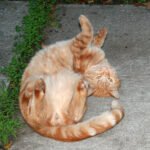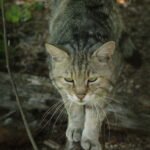Cats are often perceived as aloof and independent creatures, but this characterization overlooks the numerous ways they express affection. Unlike dogs, who are more overt in their affection, cats have their own unique methods that are subtle but equally meaningful. In this article, we will explore some of the most unusual ways cats show their love, providing insight into the behavior of these enigmatic creatures.
The Science Behind Cat Affection
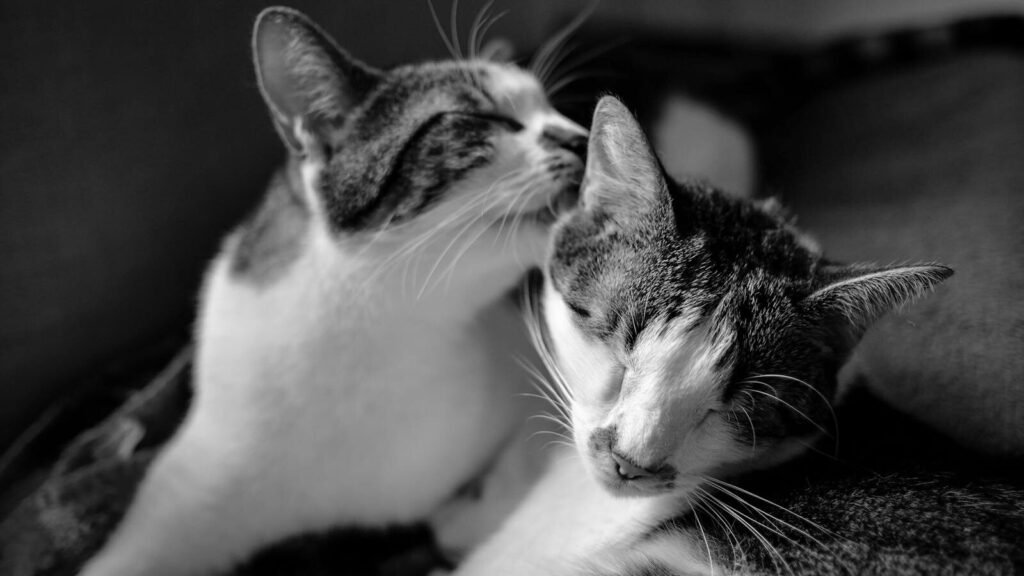
Understanding cat affection requires a brief dive into the science of feline behavior. Cats are primarily solitary animals in the wild, leading them to evolve a distinct set of communication signals. Their behavior is driven largely by instinct, genetic predispositions, and early socialization experiences. These factors play a crucial role in how they express affection towards humans.
Purring: More than Just a Sound
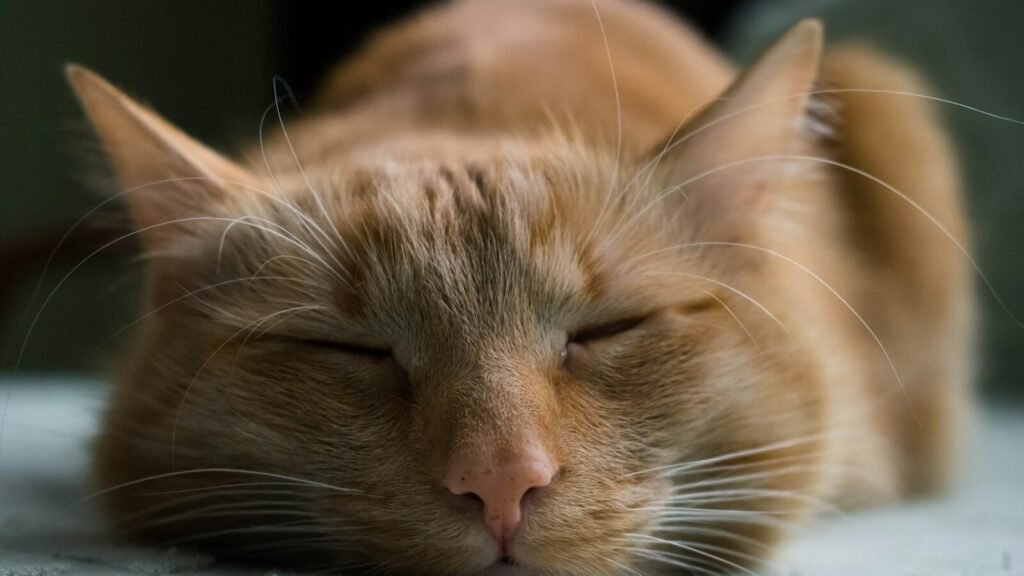
While purring is typically associated with contentment, it can also be a sign of affection. Cats often purr when they are close to their human companions, using this soothing sound to express comfort and happiness. Interestingly, studies suggest that the frequency of a cat’s purr can even have therapeutic effects, promoting healing and reducing stress for both the cat and the human.
Head-Butting and Cheek Rubbing
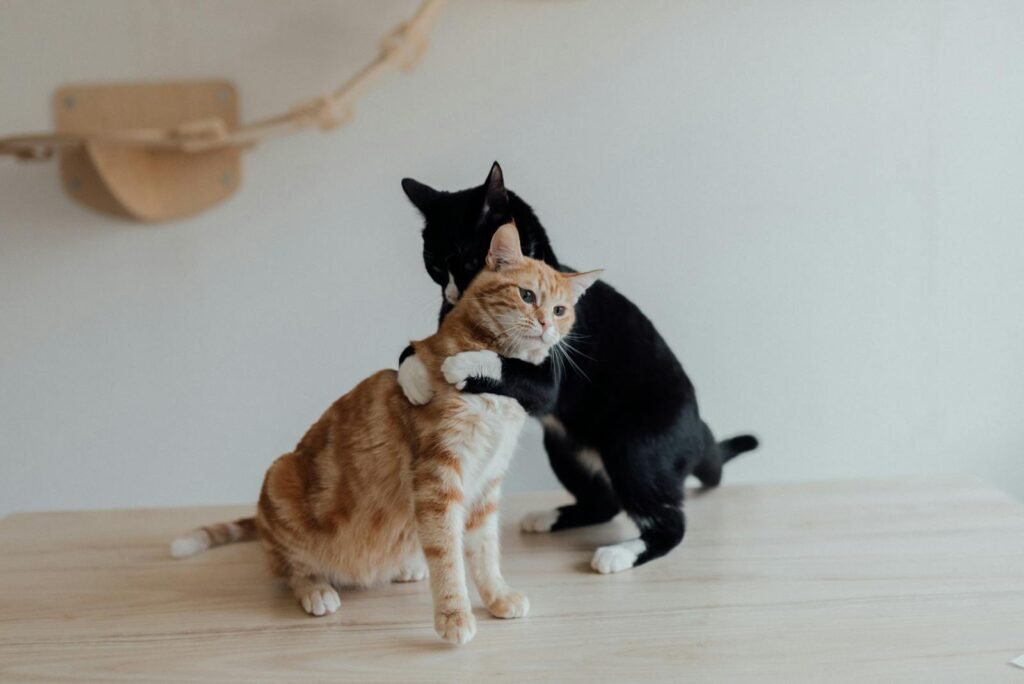
When a cat head-butts or rubs its cheeks against you, it is engaging in a behavior known as “bunting.” This action deposits scent markers from glands located around their face. By marking you with their scent, cats are claiming you as part of their territory, which is a sign of trust and affection.
Kneading: A Throwback to Kittenhood
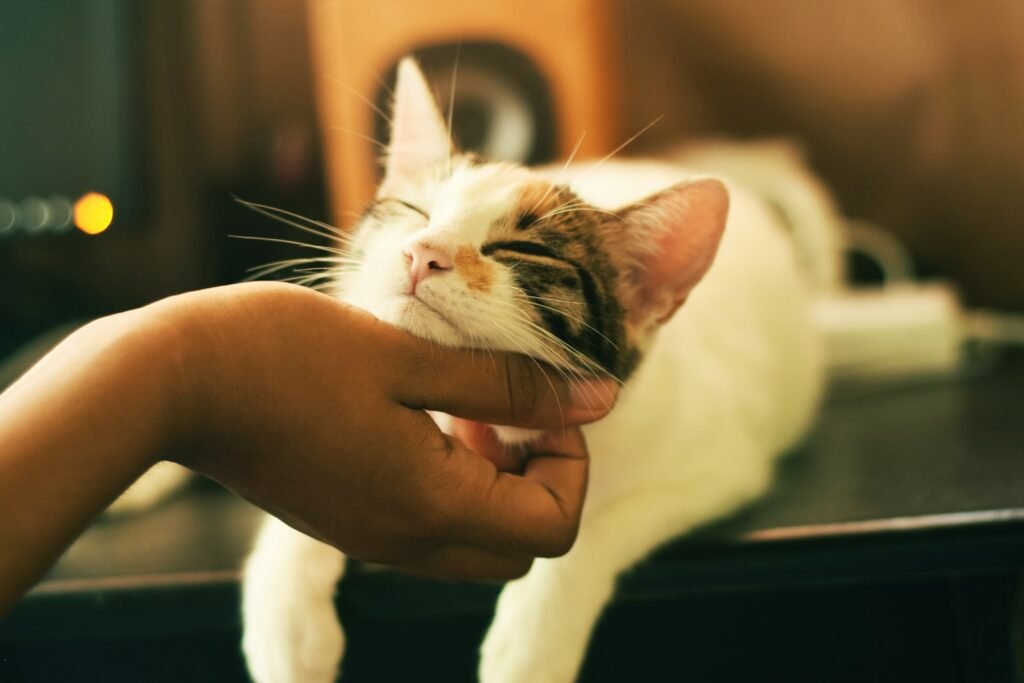
Known colloquially as “making biscuits,” kneading is a behavior that originates in kittenhood, when kittens knead their mothers to stimulate milk flow. In adulthood, cats continue this action as a sign of affection, comfort, and happiness, often in the presence of their trusted humans.
Slow Blinking: The Cat Kiss
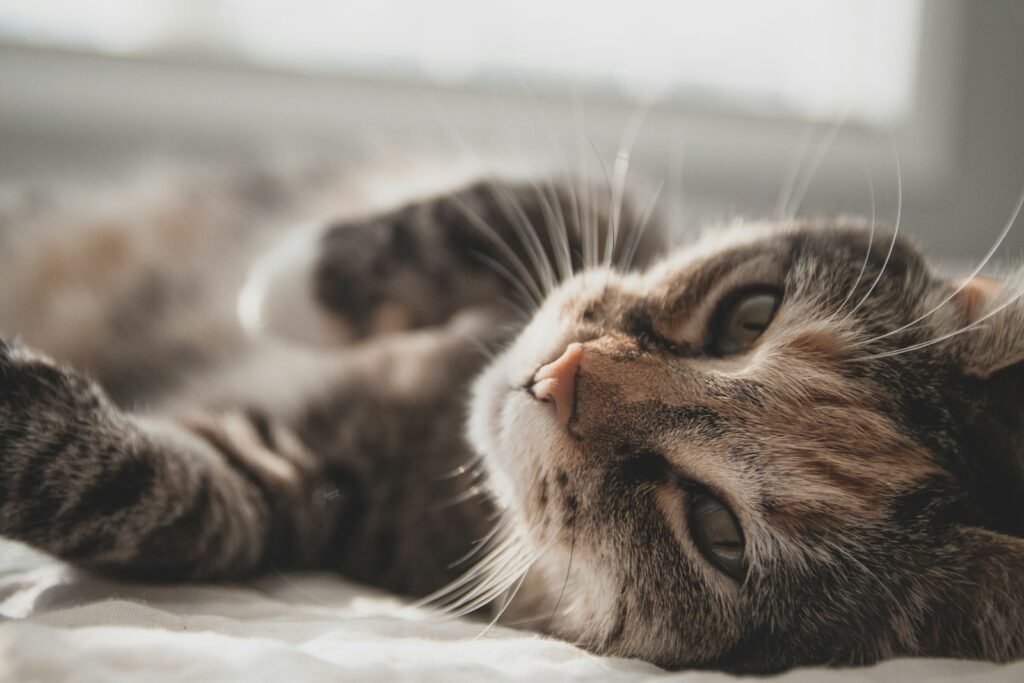
In the feline world, prolonged eye contact can be seen as a threat. However, cats will often communicate affection by giving you a slow blink, which is sometimes referred to as a “cat kiss.” This gesture indicates relaxation and trust, and returning the slow blink can further strengthen your bond.
Gifting Their Prey
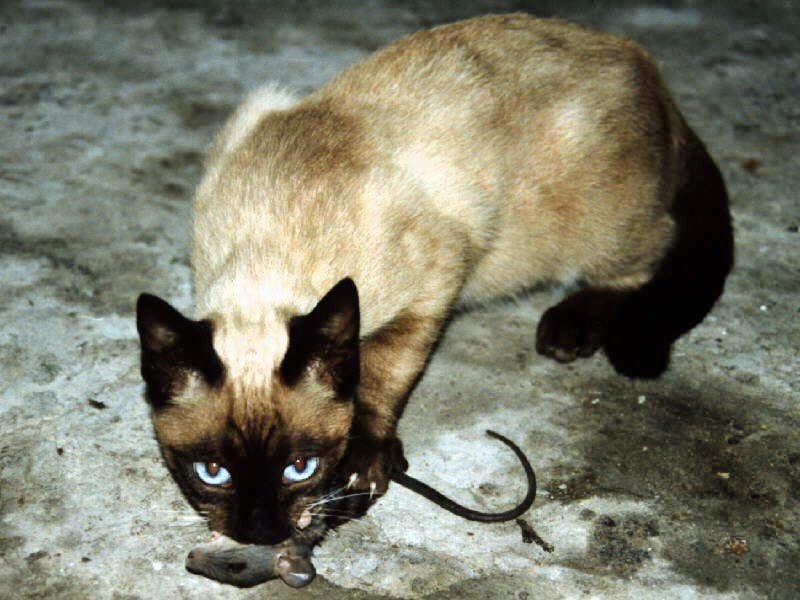
Though it might seem unpleasant, when a cat brings you a ‘gift’ of a captured insect or rodent, it is an expression of affection. This instinctive behavior, reminiscent of how a mother cat would care for her family, shows that they consider you part of their social group.
Exposing Their Belly

A cat’s belly is one of its most vulnerable areas. When a cat lays on its back and exposes its belly, it is showing that it trusts you completely. Unlike dogs, cats don’t always want belly rubs when showing their tummy, but resting in this position near you is a significant sign of affection.
Following You from Room to Room

If your cat shadows you around the house, it’s a strong indication of attachment. Cats are naturally curious, but choosing to spend time near you, moving from room to room, signifies their appreciation of your company and affection towards you.
Nose Touches
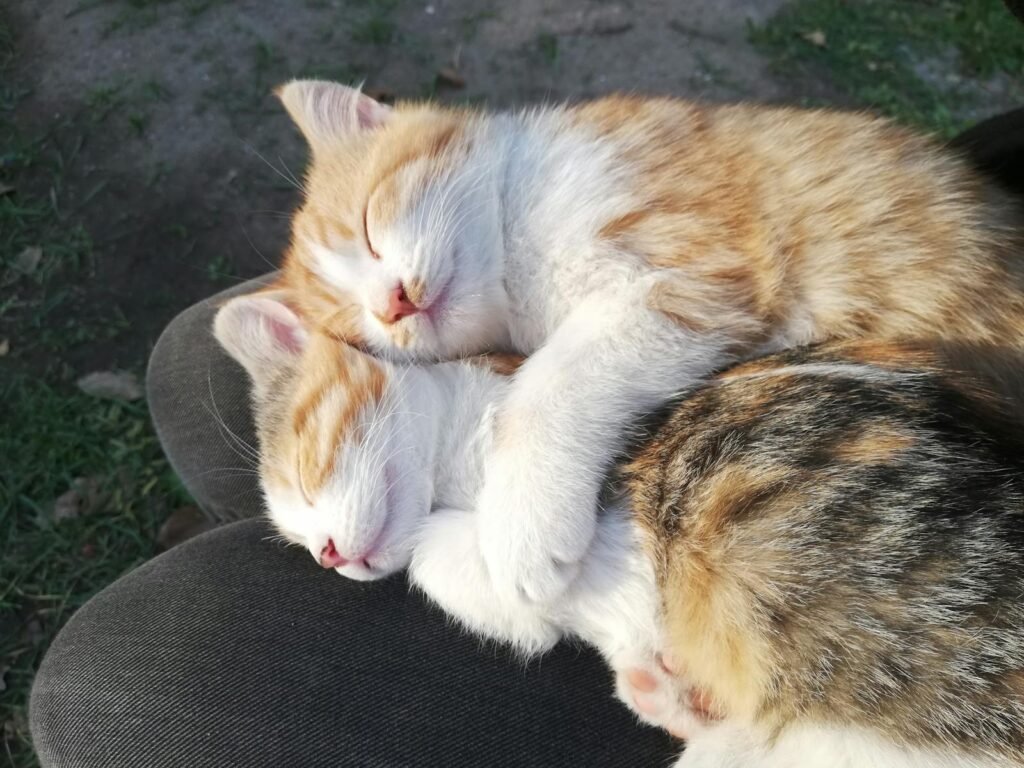
A gentle nose touch from a cat is a heartwarming sign of affection. This behavior mimics how cats show acceptance toward each other. When a cat touches its nose to yours, it is demonstrating recognition and trust, akin to offering a human a hug or pat on the back.
Conclusion

Cats may not show their affection in ways we typically expect, but their love is evident through a variety of unique behaviors. From slow blinks and nose touches to kneading and following you around, understanding these expressions of affection can enrich the bond between you and your feline companion. By attuning to these subtle cues, you can better appreciate the depth of emotion that cats can convey.

Linnea is a born and bred Swede but spends as much time as possible in Cape Town, South Africa. This is mainly due to Cape Town’s extraordinary scenery, wildlife, and atmosphere (in other words, because Cape Town is heaven on earth.) That being said, Sweden’s majestic forests forever hold a special place in her heart. Linnea spends as much time as she can close to the ocean collecting sea shells or in the park admiring puppies.


